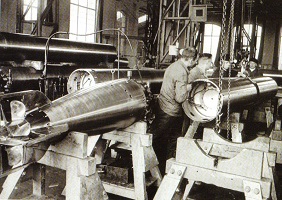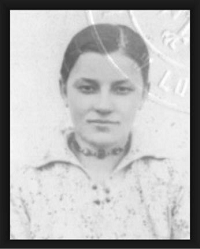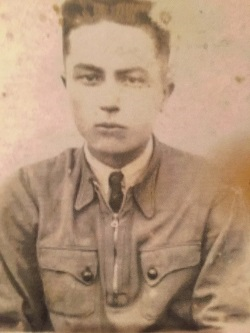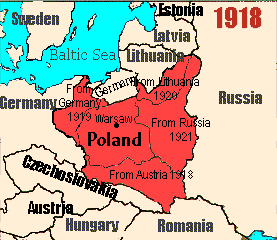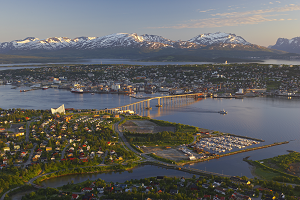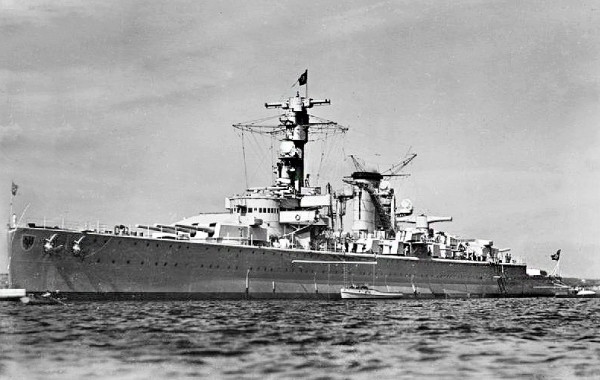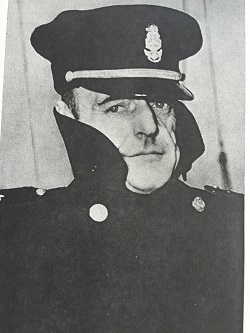We may never know for certain the details of the German submarine U-30’s attack on the British passenger ship Athenia. The U-boat’s log book was altered to allow the German navy to deny responsibility for the attack by showing the sub was many miles away when Athenia was torpedoed, Sept. 3, 1939. (See blog post “Nazi Denials of the U-30 Attack on the SS Athenia;” July 1, 2014.)
We know, however, that the commander of the submarine, Oberleutnant Fritz-Julius Lemp, experienced a frustration common to many of his fellow captains at the start of the war – torpedo misfires. While Lemp’s first shot hit home and eventually sank the passenger ship, two subsequent torpedoes failed.
In his initial attack, Lemp fired at least two (some say four) torpedoes, according to accounts from U-30 crew members. The U-boat’s radio man, Georg Hӧgel, reported the second torpedo became stuck in the submarine’s torpedo tube and when finally launched, it exploded prematurely. In other accounts, the second shot ran out of control, forcing U-30 to dive to avoid being struck by its own torpedo. Even in versions that describe a salvo of four torpedoes being fired, only the first shot hit its target. (The attack on Athenia is the central event in my forthcoming historical novel, Without Warning.)
Lemp later surfaced in the dark of night to assess the damage he had done. He decided the ship was sinking too slowly and might even stay afloat long enough to be towed to port and salvaged. With a stationary target and favorable attack angle, U-30 fired another torpedo to finish off the crippled ship, but it failed to strike home. Shortly after this last shot, Lemp discovered he had mistakenly attacked a passenger ship – an action forbidden by submarine warfare protocols in affect at that time – and he left the scene without taking any further action.
Three weeks later, U-30 returned to its home base in Wilhelmshaven, Germany. Lemp apparently launched only two other torpedoes during the remainder of his combat patrol – both fired at stationary targets – and both detonated as designed. Once in port, he admitted sinking Athenia and was ordered to explain his actions to the German Naval High Command in Berlin. Faced with justifying his attack on a passenger ship and possibly having to save his naval career, Lemp is unlikely to have spent much time reporting his torpedo misfires.
Nevertheless, over the next several months the misfires became a high priority for the man in charge of Germany’s U-boat fleet, Rear Admiral Karl Dӧnitz. Despite the admiral’s complaints, U-boat successes during these early months apparently led Naval High Command to discount reports of torpedo failures.
But as we will see in our next blog, the misfires pointed to larger and more systemic problems, and the failure of top naval commanders to correct them in a timely manner undermined the U-boat fleet’s contribution to the Nazi war effort.


